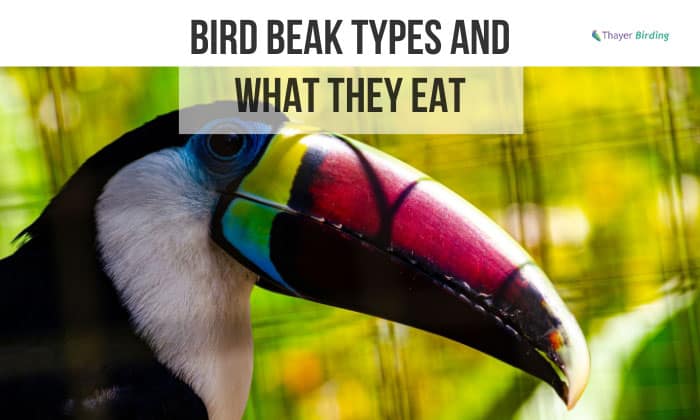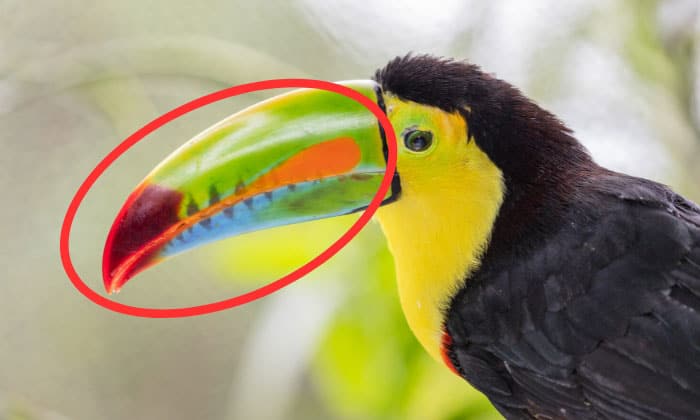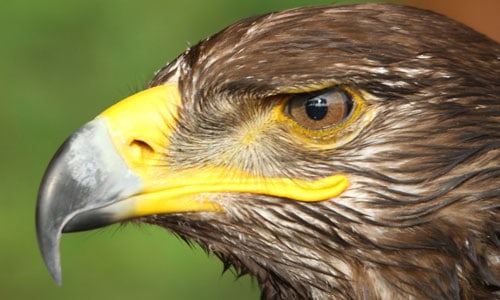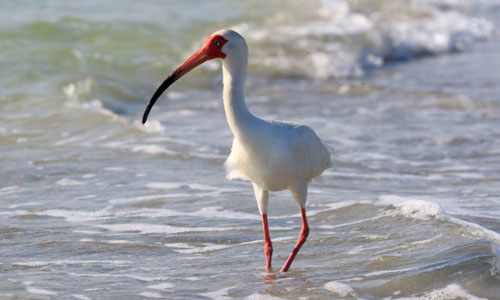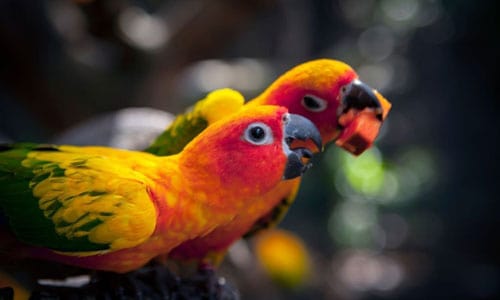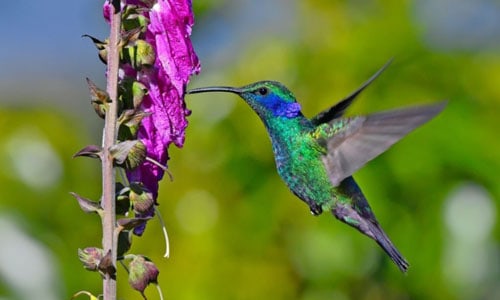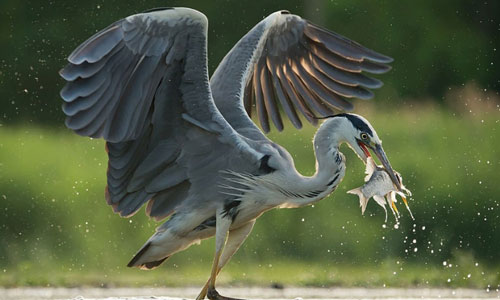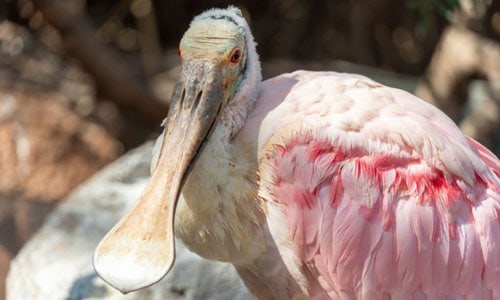Have you ever asked yourself why birds have different beak shapes? Maybe your first thought was that they belong to a certain type of bird or family. While that is also correct, there are still other factors to consider.
The classification of birds according to their beaks largely depends on the food they eat and their environment. For instance, hooked beaks are usually for meat eater birds, while thin, straight, and small beaks are for birds that feed on insects.
Read on to learn more about bird beak types and what they eat, as well as their adaptations.
Table of Contents
What is a Bird Beak?
Also referred to as rostrum or bill, a bird beak meaning refers to its mouthpart, which is mainly made of bones and covered in keratin.
Just like any other type of mouth, the beak of a bird has two jaws. The upper and lower bird jaw is called the maxilla and mandible, respectively, with both being formed by extensions of the avian’s skull.
Birds use their rostrums to eat, feed their young, defend themselves, catch their prey, and preen their feathers. In many species, the beaks can be utilized to produce sounds for communication.
Now that we’ve described what a bird’s beak is, let’s now move on to the different types of bird beaks.
Different Types of Bird Beaks and Their Uses
1. Hooked Beaks
Birds with hooked beaks are mostly considered birds of prey or raptorial birds. Their bills are short and thick, with the upper jaw curving downward like a hook, making it easier to catch prey.
The hooked and sharp beaks also help the birds rip open the flesh of their prey, which consists of mammals, amphibians, reptiles, and smaller birds.
They may be short beaked birds but don’t underestimate the power of their strong beaks, as they can easily kill their prey with one big slash from their beaks.
Example of Birds with Hooked Beaks
- Eagles
- Owls
- Falcons
- Hawks
- Vultures
2. Probe Beak
These are slender and long pointed beaks with slightly curved tips for probing in shallow waters, sand, and mud to search for food without having to submerge their heads. This allows them to check their surroundings while they look for food.
While they may look similar to egrets’ and herons’ beaks, probe beaks are much slimmer and are not designed for hunting. You’ll mostly find this type of pointy beak on wading birds, which feed on worms, insects, and crustaceans.
Examples of Birds with Probing Beaks
- Ibis
- Godwits
- Snipe
- Curlew
- Sandpiper
3. Conical-Shaped Beaks
This type of beak is short and curved downward at the tip. If you look closer, you’ll also notice that its lower and upper mandibles form a special groove for crushing nutshells. This is why this bill type is sometimes referred to as a nut or seed cracking beak.
Short-curved beak birds’ mandibles are also strong enough to grab things and climb. Aside from nuts and seeds, these birds feed on fruits and grains.
Examples of Birds with Conical-Shaped Beaks
- Lovebirds
- Parrots
- Macaws
- Parakeets
- Finches
4. Needle-Like Beaks
As the name suggests, needle-like beaks are long and thin, with a slightly downward curve for some birds. The shape varies depending on the kind of flower they get nectar from.
Birds with needle-like bills are nectar feeders. They plunge their beaks inside the flower to extract the substance.
Examples of Birds with Needle-Like Beaks
- Hummingbirds
- Crimson Sunbird
- Green Hermit
- Blue-throated Goldentail
- Long-Billed Hermit
5. Piscivorous Beaks
Piscivorous beaks are long and curved. They are strong, pointed, and have jagged edges. Birds with piscivorous beaks skim or plunge into the water to search for food.
These birds mainly eat fish. The curved tip of their beaks and jagged edges allow them to catch slippery fish and prevent them from getting away from their grip.
Have you noticed the pouch on a pelican’s beak? They use the pouch on their beaks to swallow a mouthful of water and keep the captured fish inside.
Examples of Birds with Piscivorous Beaks
- Heron
- Seagull
- Albatross
- Pelican
- Crane
6. Spatulate Beaks
Most shorebirds have spatulate beaks. These rostrums have distinct spoonlike tips, aside from being long and strong.
Due to their extended bills and spoonlike tips, they can easily pick up food underwater with their heads raised above to keep an eye on their surroundings.
Apart from that, the edge around their inner bill is serrated like little teeth, similar to a comb, to filter out their food from the water. Birds with spatulate beaks feed on mollusks, crustaceans, insects, algae, and other small animals.
Examples of Birds with Spatulate Beaks
- Roseate spoonbills
- Royal spoonbills
- Swan
- Australasian Shoveler
Conclusion
It’s really interesting to learn about the different bird beak types and what they eat. It’s also fascinating to see how bird beaks have evolved over time to adapt to their environment and their lifestyle.
Next time you go bird watching, you can easily tell what type of food it eats and how it’ll behave by simply checking its beak.

George and I became friends after a birdwatching trip with our new group. And we have been enjoying every adventure together. When he told me the idea of establishing a site that shares our experiences and fun, I immediately agreed. After trials and errors, here we have Thayerbirding.


